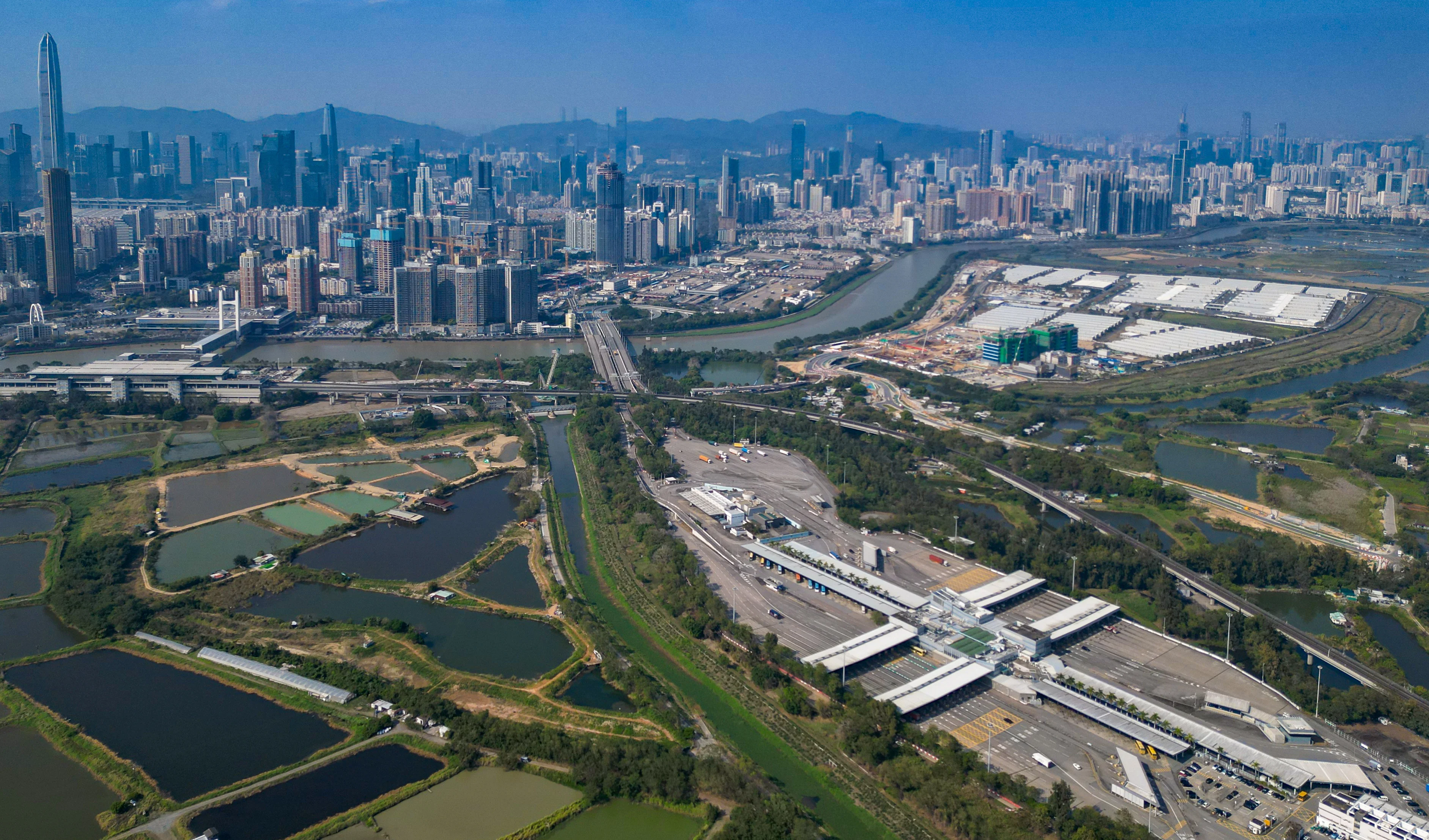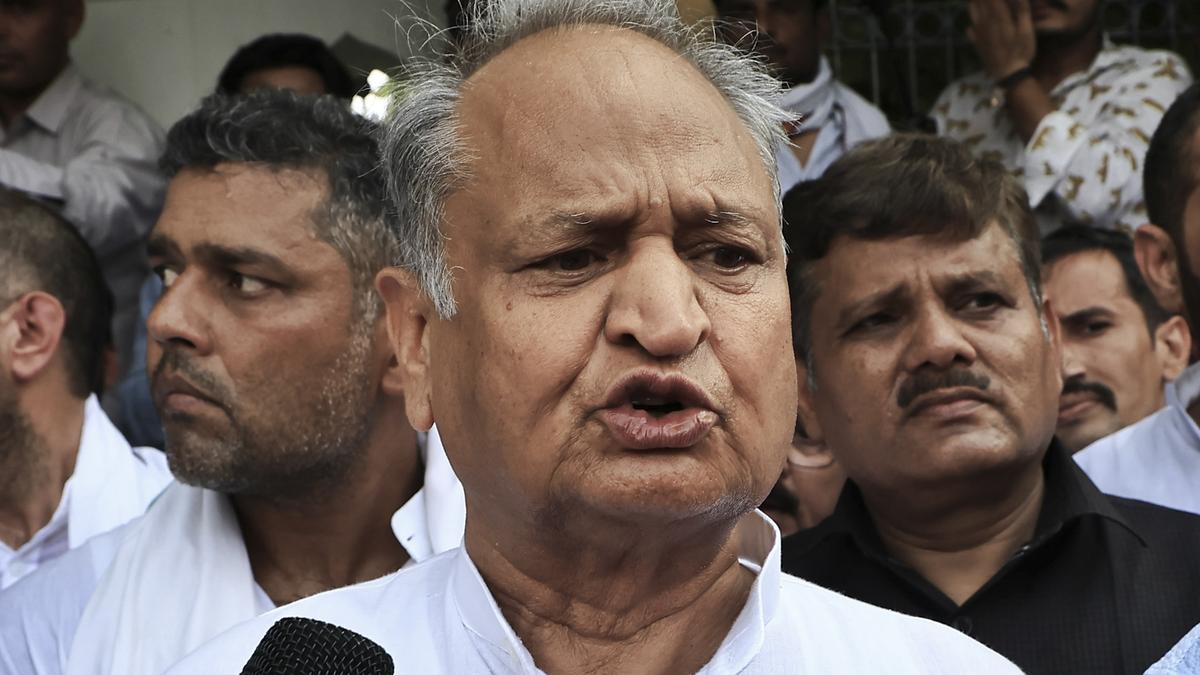By Denise Tsang
Copyright scmp

The decision by Hong Kong’s leader to personally oversee the fast-tracked development of the massive Northern Metropolis project while also undertaking smaller initiatives such as building a “pet economy” underscores an aim-high, spread-wide policy address, but some of his key initiatives will only lay the foundation for future administrations to take forward, according to observers.
In his policy address on Wednesday, Chief Executive John Ka-chiu promised to expedite the mega development, first floated in 2021, with a detailed action plan.
He also put the focus on further strengthening Hong Kong’s competitive edge and position as a global financial centre, while mitigating the impact of the China-US trade war.
“It is important to aim high, especially with the Northern Metropolis,” Hong Kong General Chamber of Commerce CEO Patrick Yeung Wai-tim told the Post.
He expected the project would drive new areas of growth, such as innovation and technology and artificial intelligence.
Located next to the border with mainland China, the Northern Metropolis is regarded as a game-changer for Hong Kong’s economic transformation.
It will eventually house a third of the city’s 7.5 million population, clustering around the development of innovation and technology, along with a tertiary education hub.
Lee appointed himself as the commander of a proposed committee that he said would take the megaproject forward, making key decisions, introducing a dedicated legal regime, tearing down barriers, embracing a new mindset and deploying cost-efficient and time-saving construction methods.
“This is a necessary step John Lee has taken in response to Beijing’s eagerness to see concrete results for the Northern Metropolis project, which is crucial to the city’s integration with the Greater Bay Area,” veteran political commentator Sonny Lo Shiu-hing said.
Another focal point of the policy address was leveraging Hong Kong’s position as a global financial centre by inviting mainland banks to set up headquarters in the city, building a premier international gold trading market and possibly settling government payments in yuan.
A source told the Post that a plan to set up a central clearing system with a trial run in 2026 would turn Hong Kong into an international gold trading hub through connections with the Shanghai Gold Exchange as well as global investors who could conduct transactions using this platform.
It would also be a timely move as worsening geopolitics was pushing international investors to choose gold to mitigate risks, the source said.
“The demand on the mainland is also very big. The move could attract a lot of international and mainland investors,” the source said.
Lee pledged to promote AI as a core industry, with government departments using the new technology, while also floating initiatives such as developing an economy around Hongkongers’ love of pets, yacht tourism, a fish culture zone and rural attractions.
Eyeing the potential economic contribution of the city’s 240,000 households keeping 400,000 pet dogs and cats, he said authorities would issue licences to restaurants to allow pets on their premises.
The chief executive spoke of taking advantage of Hong Kong’s 1,180km (733-mile) shoreline and 263 islands to develop a yacht hub for Asia.
In addition to making available more than 1,100 moorings at various locations such as the former Lamma Quarry, the expanded Aberdeen Typhoon Shelter and the airport, Lee undertook to relax requirements for visiting yachts to anchor in government-designated waters without the need to reserve moorings at privately run clubs.
“He is planting the seeds for potential growth sources through these projects,” said Victor Kwok Hoi-kit, deputy research director at the think tank, Our Hong Kong Foundation.
“But not all of them will necessarily bear fruit, which is like a start-up putting projects to the test and trials.”
Kwok also saw great potential in the pet economy, given the number of people keeping animals at home.
Another highlight of Lee’s policy blueprint, building upon the success of previously encouraging more mothers to give birth, was extending an extra HK$130,000 (US$16,700) tax allowance to HK$260,000 per taxpayer by increasing the eligibility period to two years after birth instead of one.
While helping to boost the city’s birth rate, the government would set up a working group on ageing society strategies to be led by the deputy chief secretary, he said.
Professor Lau Siu-kai, a consultant with the Beijing-based semi-official think tank, the Chinese Association of Hong Kong and Macau Studies, said Lee might not have the liberty to dig deeper into the government’s coffers to fund livelihood initiatives.
“The policy address is subject to some challenges because of the government’s deficit,” Lau said.
With his current term due to end in two years’ time, the execution of some of the major initiatives announced in Lee’s policy address would have to be continued by the next administration, observers noted.
Researcher Kwok said the policy blueprint would set a “foundation” for the future development of the Northern Metropolis.
“It is only the beginning of a long-term project,” he said.
Yeung of the chamber of commerce added: “Of course, not all initiatives presented will be completed in the short term. Rome wasn’t built in a day, but it is important that we start. Not all businesses succeed, but all that do not try will fail.”



